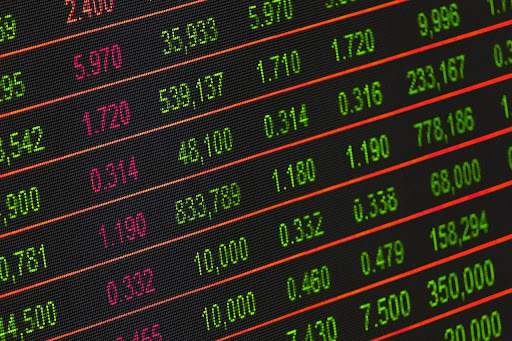As cryptocurrencies gain popularity, more and more investors are attempting to profit from the market. Trading bitcoins, on the other hand, may be costly. In this post, we will look at the various fees associated with cryptocurrency trading and how you might lower them to optimize your profits.
Have you ever considered the costs of cryptocurrency trading? Whether you’re a seasoned investor or a new trader, it’s critical to understand how fees and market spread affect your overall profits. Trade fees can cut into your gains, perhaps resulting in a loss even if the underlying currency appreciates in value. So, how can you reduce these expenses while increasing your profits?
Understanding the Trading Fees & Expenses
Dealing any item incurs fees, and cryptocurrency is no exception. Fees and spreads are the two most common forms of charges.
Fees are costs assessed by exchanges for their services, such as a percentage of the transaction or a flat price. Spreads, on the other hand, are the difference between a cryptocurrency’s purchase and sell prices. It is, in other words, the cost of trading between bid and ask prices.
Let’s start with a deeper look at the expenses of trading. While trading cryptocurrencies, you will usually be charged fees and charges for each transaction. Coinbase, for example, costs 4% to deposit cash from a credit card, whereas GDAX charges a 0.3% “taker fee” on market orders. There’s also the bid-ask spread, which is the difference between the market price and the price you pay or get when you trade. This can range between 0.2% and 1.5%, depending on the currency combination and the date of your trade.
Cutting Trading Expenses
Limiting your trading frequency is the key to lowering your trading costs. Because every transaction involves fees and spreads, reducing trades might help you save money in the long term. Consider the following suggestions:
- Consider Limit Orders: Limit orders are available on some exchanges and can help you lower your trading costs. Limit orders allow you to specify a price at which you’re willing to purchase or sell a cryptocurrency, and the exchange will execute the transaction when the price hits that level.
- Choose Low-Cost Exchanges: You can save money by trading on exchanges with cheaper fees and narrower spreads. Kraken, Binance, Redot, and CEX.io, for example, have cheaper trading costs than Coinbase. Keep in mind, however, that costs are not the only thing to consider when selecting an exchange.
- Monitoring: Spreads should be monitored since they might differ dramatically across currency pairings and exchanges. Spreads for trading pairs with more liquidity are often lower.
- Assess Your Trading Strategy: Dealing cryptocurrency regularly might raise your trading costs and reduce your profits. Try using a low turnover strategy, such as buy-and-hold, to reduce trading activity and costs.
- Consider taxes: Various trading tactics may have different tax consequences. Before you adopt any plan, you must understand the tax consequences and include them into your decision-making process
So, how can you cut these costs? Reduce your trading frequency, as the more you trade, the more fees and spreads you’ll pay. If you trade once a month, for example, your charges will be 60 times more than if you trade once a day. Choosing a lower-cost exchange, such as GDAX, can also assist, since costs can eat up a large chunk of your earnings, especially if you trade frequently. You can possibly generate larger profits while lowering your expenditures if you use a buy-and-hold strategy.
Why Are Reduced Trade Costs Important?
While high trading expenses in the crypto market may not be a huge problem during a bull market, they must be considered. High trading costs can quickly eat into your earnings and convert a profit into a loss when returns are low or negative. Furthermore, if cryptocurrency returns are lower than they have been historically, fees and spreads may have a greater influence on your performance.
It’s worth mentioning that cryptocurrency trading expenses are now far higher than traditional stocks and shares, however costs have been dropping and may continue to fall. Yet, regular trading might incur large costs that offset the possible returns. You might potentially boost your total results by using a low-turnover approach and being careful of fees and spreads.
In conclusion, limiting your trading frequency and expenditures can help you optimize your returns in the long term. By following these guidelines, you can ensure that you are not just investing in cryptocurrencies, but also investing wisely in order to maximize your gains.






